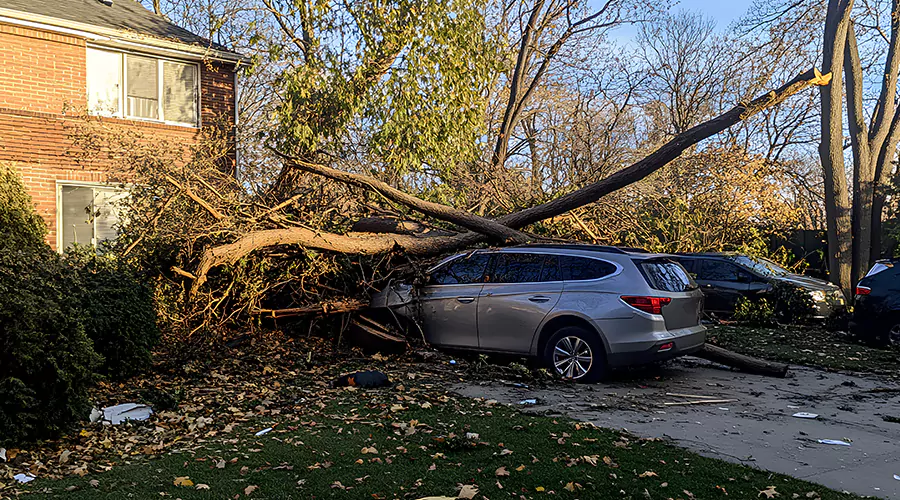Disasters are still part of the natural occurrences, and they are destructive and can also lead to losses to our homes. Natural disasters can mean a hurricane, tornado, earthquake, flood, or fire; once one of these disasters strikes, your home may be reduced to rubble. But some things can help you return to your home when it has been affected by a natural calamity. This article allows the reader to learn some crucial procedures homeowners must undertake to recover their houses after natural disasters.
Safety First
Early steps must be taken to confirm the integrity of your home before one begins any restoration process. It would be best always to wait for the authorities to signal that it is safe to return to the house. When you return home, you should find out whether there is any risk of injury, such as structural damage, gas leaks, or electricity hazards in the house. If you notice these signs, you should immediately leave your home and consult a professional.
Document the Damage
When you are getting your home ready for restoration after being adversely affected by a natural calamity, one of the initial things you should do is photograph the losses. This documentation will prove relevant in raising an insurance claim and in the event of a legal case. Photograph and videotape everything, including the exterior and interior of your home. It is also helpful to photograph all the damage with utmost detail regarding the amount of damage done, the date and time it was done, and other relevant information.

Contact Your Insurance Company For Your Damage Restoration
The last thing an individual would want to do after a natural calamity is to wait for long hours or days before contacting your insurance company. They will be able to inform you of the process to follow to claim for insurance and supply the forms and devices needed. Please always give your insurance company a complete description of the damage and the photographs and videos you have captured. Your insurance company will then come over to your house to evaluate your losses and how much they will be willing to compensate.
Clean Up and Mitigate Further Damage
After you have reported the damages to your insurance provider, the next step is cleaning up and stopping further deterioration. This step involves cleaning up and throwing away any wreckage, retrieving any items that could not have been affected by the disaster, and draining out flooded rooms or the whole house. It would be best if you also made efforts to prevent the escalation of the effects of the disaster, including covering up damaged roofs or broken windows.
Hire a Professional Restoration Company
It takes time to rebuild a home affected by a natural disaster. Another reason would be that if you need any restoring work, for example, Fire Damage Restoration ServicesFlood Damage Restoration, or even Water Removal Services, you can easily hire a professional company to help you carry out the job correctly. Companies specializing in restoration services have all the knowledge, tools, and solutions that may be required to work on projects such as flood restoration, fire restoration, and especially water damage mold restoration. They also liaise with your insurance company to deal with your claim professionally.

Repair And Replace Damaged Areas
The next step is reconstructing and repairing the home after cleaning and mitigation work has been done in selected areas. This could involve replacing the damaged drywall or reconstructing the damaged roof. You may also need to repair or replace the damaged electrical or. This phase is challenging and expensive yet vital for restoring the home to its pre-disaster state.
Prevent Future Disasters
Finally, taking steps to prevent future natural disasters from damaging your home is essential. That can include installing storm shutters, reinforcing your roof, or elevating your home if you live in a flood-prone area. By taking these preventive measures, you can reduce the risk of future damage and protect your home from future disasters. In conclusion, restoring your home after a natural disaster can be challenging and stressful. However, following these essential steps can help restore your home to its pre-disaster condition as quickly and efficiently as possible. Please remember to prioritize safety, document the damage, contact your insurance company, clean up, and take care of further damage.







